Marketing expert Ernie Ross connects best brands to the people
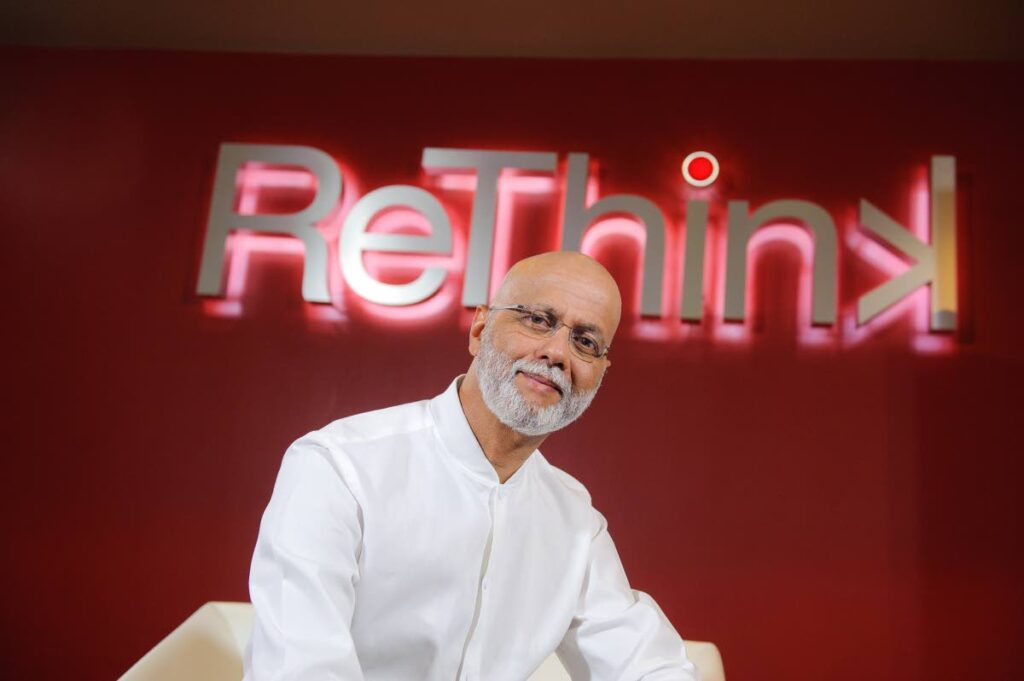
Intangience is the language of human connection, the science of connecting values that the best brands stand for with people who share those values.
The system developed by marketing guru and Ross Advertising CEO Ernie Ross to bring marketing campaigns such as Carib Brewery's Can You Feel It and Hold on to the Carnival campaigns to life, is now being used to educate businesses on how to strengthen their connection with the consumer.
Ross said major corporations such as Coca Cola have invested millions into establishing a connection with their customers on a value based and emotional level and as a result they have generated returns on their investment in the billions.
His methods have been published in Forbes magazine and now is available in the form of a certified masterclass on the ReThink channel on YouTube. He also conducted a course at the United Nations's University for Peace (UPeace).
The methods are centred around identifying the values shared between a customer and a brand, defining your brand to have a far-reaching message, and finding the best strategies to convey your message to the customer so that they could feel the same way about your brand and what it stands for.
In an interview with Business Day Ross said learning and utilising the intangible value of your brand is one of the key skills entrepreneurs need to learn if they want their brands to have the maximum impact on a market.
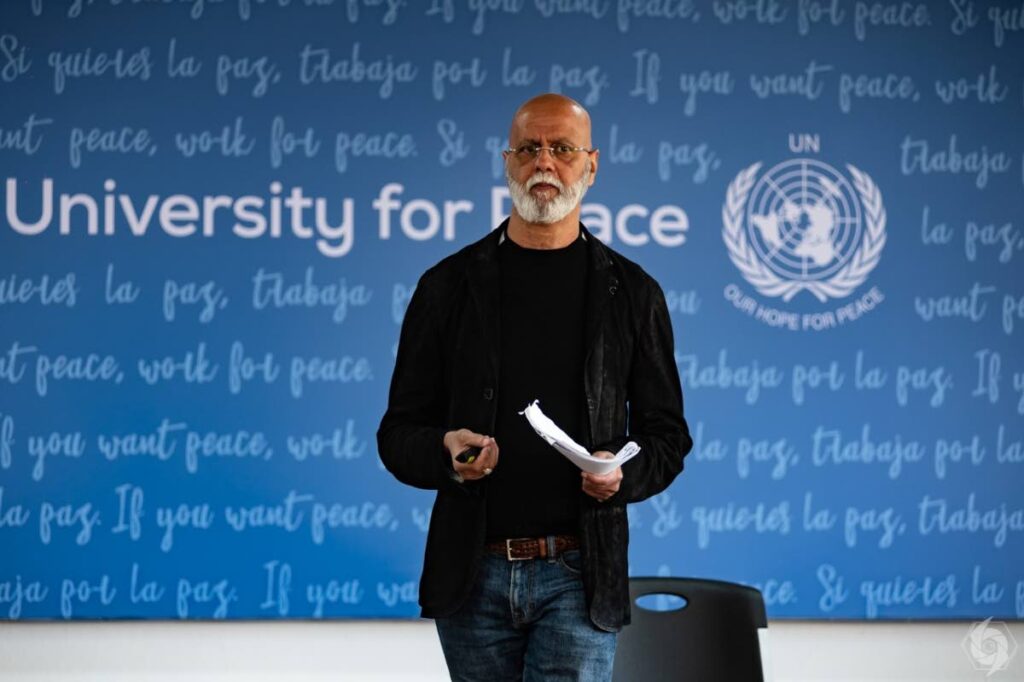
What is intangience? It is the way brands express themselves to their customers. It is how businesses and people can connect on an emotional level with shared values – and once brands are able to master the art of intangience, they will go from a business to a brand to a household name.
“Intangible values are relative to what your brand must represent and is embodied in the product,” Ross said. “Once the value is there, which is the meaning that one has, the worth of the product, which is the price the market is willing to pay for that product, will go up.”
The language of human connection
Ross said the word intangience is a combination of intangible, as in intangible value, and science, as in the science of human connection. His philosophy is that something only has value when it holds meaning for those who seek to possess it.
He said the value that people place on any relationship can be identified as intangience – whether it is a personal relationship like a spouse or a friend or relative; or if it is an acquisition of an item like a car or a diamond ring.
In the context of marketing, brands can establish and increase the value of their brands through that connection in values.
“Givenchy, Louis Vuitton, Nike – when you hear those words you think of expense, quality and luxury. You are thinking through what the brand has come to mean. They are just words but they mean something. They mean something because those brands have learned the art of how to tell the story based upon an intangible value that people relate to. Whatever values that may be.”
Macro trends estimate Coca Cola’s assets to be a total of US$87.296 billion in 2020. During the height of the pandemic it increased its assets by 1.06 per cent from 2019. Intangible assets were estimated at about US$28.55 billion, with a growth of 6.67 per cent.
“If I told you that I can sell a beverage around the world at 1.9 billion units every single day, and I will not sell it on flavour and it has no nutritional value, you would say I was crazy, but that is what Coca Cola has been doing for years as an embodiment of happiness. They are satisfying the craving for human connection. That’s the intangible value.”
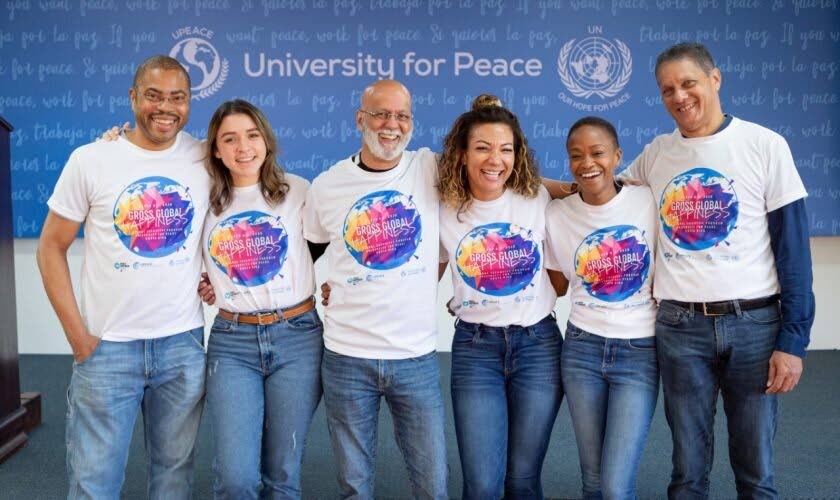
Nike's intangible assets and goodwill assets – which is how intangience is quantified in the context of marketing, was US$511 milion. It represented a 2.82 per cent increase in intangible assets.
The course available through UPeace is centred around three pillars. The first is the Pillars of Purpose, which is a process in which brands can identify what are the shared intangible values relative to a particular product or service.
The second is the currency of conversation. He said that your brand’s message can be invested and traded just like currency.
“If I say something to you that really resonates, you would tell another person and if that person is like-minded he may share that with someone else. That is the currency of your conversation.”
The third is the science of human connection which are the methods and techniques – like music, images or quotes – that brands can use to tell their stories in an impactful way.
“A brand is an expectation of value that you are about to receive,” Ross said. “You could have a really good product and package it well, and here comes a competitor who may not have his product packaged as well but there is a strong emotional content. He will win the customer more often than not.”
“Uber is the world’s largest transportation company but they don’t own a single vehicle. Amazon is the world’s largest retail store chain but they don’t own a single store. Businesses are all communicating in this intangible space.”
“Intangible values are like a language. There are 6,500 different languages in the world. The most important one you could learn to speak in a business is the language of human connection.”
Use your brand to make a stand
He said values change from brand to brand and campaign to campaign but when brands establish good values that resonate with the people, they will not only be supported, but uplifted.
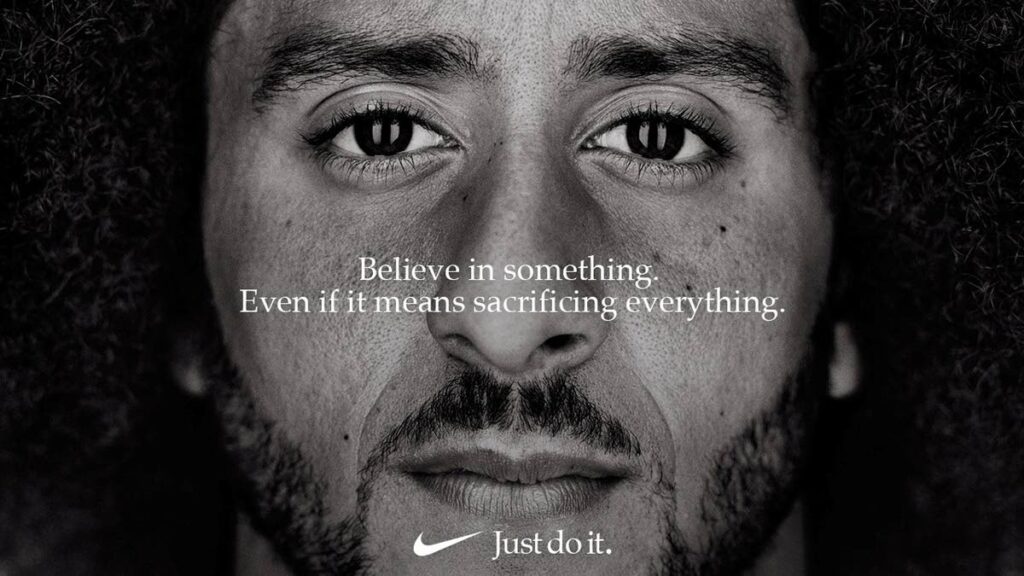
Nike’s 2018 ad featuring Colin Kaepernick, who was made infamous after taking a knee during the American national anthem at an American football game in 2016, had the slogan, Stand for something, even if it means sacrificing everything.
That campaign, at the beginning, enraged and outraged several franchise owners of the popular sneaker company who called for a boycott of the brand. Some took to social media to burn their sneakers and the then president of the United States, Donald Trump spoke out against the ad.
But according to Time Magazine, Nike’s Labour Day sales that year jumped 30 per cent. That December it was reported that Nike had made US$847 million despite backlash from the campaign.
“Nike does not just make athletic and sports equipment,” Ross said. “It is a global movement for social activism with the phrase, Just do it. When you saw that Colin Kaepernick was being featured in the campaign, you felt as though you could go against the grain. You could 'just do it.' That is what Nike means as a brand.”
Similar campaigns like the Gillette ad campaign against toxic masculinity and locally the Stag campaign, Move men to respect, which took a stand against violence against women and girls show that brands are able express its values not only through corporate responsibility but in the very essence of its messages to the public.
“People admire a brand that takes a stand,” he said. “Companies like Gilette would have gone out on a limb for their superbowl ads, but, according to the founder of Nike (Phillip Knight) it is not how much people hate you, it is how much people love you for what you stand for.”
“The idea is sometimes you can push the envelope to take a stand because you think it is right, and people will love you for it.”
Start a conversation, invoke an emotion
Ross said if businesses do not create a connection with their customers through their brands they will, to coin the local parlance, “get a horn.”
“If you are not creating a connection in a meaningful way based on the values that you share you could lose that relationship with a customer,”
Established brand could have a deficiency that you can fill and connect to the market and you can take away market share as a new brand. Newer brands may not have the experience and would not know how to attract the customer so established brands could keep their customer base and watch it grow by always keeping things fresh.
He recalled that several brands and businesses had pulled their ad campaigns out of fear that they would not have an effect but Ross Advertising, which manages the campaigns for Carib, decided to double down and reach out to its customers in the most trying of times.
“We felt with everyone pulling out of their advertising it was an opportunity for us to be heard even more.”
Being at the height of the pandemic in 2021 and TT learning that there would be no Carnival that year, Carib and Ross Advertising launched the campaign Hold on to the Carnival in January that year.
The imagery of a lone woman standing in an empty road then sipping a Carib and being instantly transported to a time where the streets were alive with mas bands and music, invoked feelings of nostalgia that people resonated with, Ross said.
“When we ran the campaign, Hold on to the Carnival, Carib had predicted a 2.5 per cent decline from 2019. We had an increase in revenue by 10.2 per cent without a single bar open because of the intangible value of the brand.”
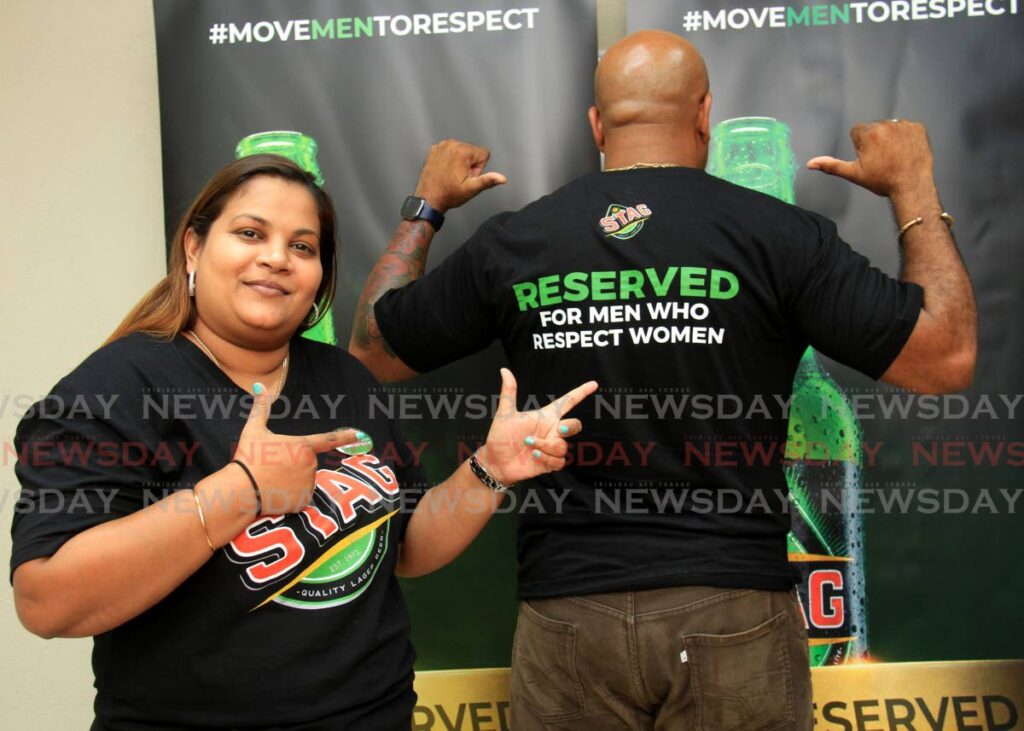
Ross also ignited feelings of Caribbean pride in the Can you feel it campaign. He said the flag party that was displayed in the video evoked that uniqueness that could only be described as “Caribbean.”
“We had Guyana, Dominica, Antigua, Trinidad and many other flags. This gave people into this thing called the Caribbean. When you put the flags together you get a sort of community feeling. It makes you feel proud.”

Comments
"Marketing expert Ernie Ross connects best brands to the people"